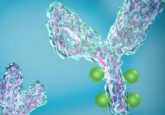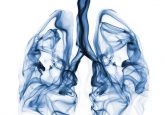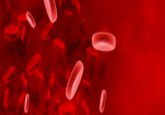Genomic characterization of squamous cell head and neck cancers provides new insights

An intranational research team from the USA have made strides in understanding the development of the highly prevalent head and neck squamous cell cancer (HNSCC). The findings of the study, which the researcher hope offers critical new information with regards to HNSCC development, were published recently in the journal Nature.
HNSCC is among the ten most prevalent cancers in the USA and yet little is known about how it develops and spreads. Increasingly, however, HNSCCs are caused by the human papilloma virus (HPV. The team utilized The Cancer Genome Atlas to analyze tissue from 279 HPV-negative (commonly associated with smoking) and HPV-positive tumors, aiming to identify oncogenes involved in cancer development and metastasis.
Wendell Yarbrough (Yale School of Medicine; CT, USA) explained the reasoning behind the study: “To make the progress we envision with personalized medicine, we first have to understand what’s driving these tumors, and this is one of the first studies to do this.”
Notable findings include the fact that the observed alterations were largely heterogeneous across patients; tumors from some non-, or low- smokers resembled those of smokers. Additionally, the profiling uncovered the presence of HER2 gene amplification, which is known to play a pivotal role in breast cancer growth.
Yarbrough emphasized the importance of the results: “We found some characteristics we’d never seen before in these tumors that ultimately could help us pair the most effective new drugs with patients most likely to respond.”
Plans for future work include testing the efficacy of accepted and experimental drugs on the cancers. “Our hope is find the best matches in the lab and bring them to patients as quickly as possible,” Yarbrough added.
Source: The Cancer Genome Atlas Network. Comprehensive genomic characterization of head and neck squamous cell carcinomas. Nature. 517, 576–582 (2015); Yale Cancer Center press release




